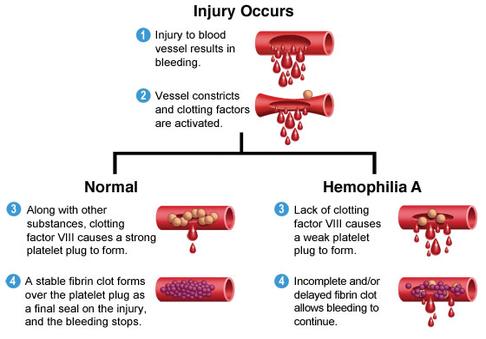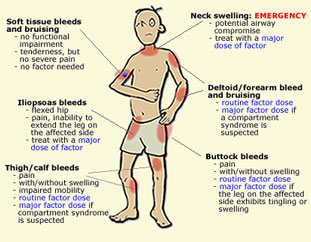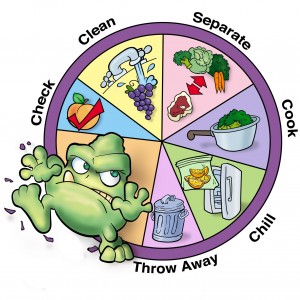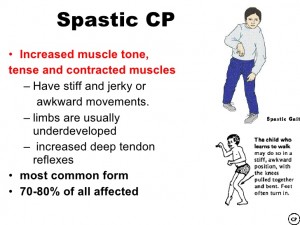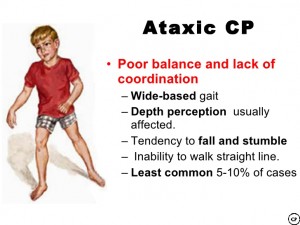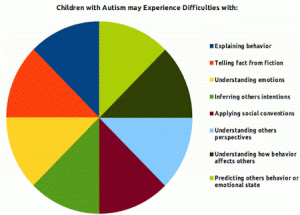विश्व यकृत दिवस १९ अप्रैल: World Liver Day 19 April
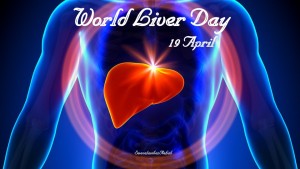
Liver is the largest glandular reddish brown organ located underneath a person’s diaphragm, in the right side of the abdominal cavity with weigh of approximately 1.5 k gs in a normal healthy adult.It consist of is four lobes: each of the lobes are a different size and shape.
मानव शरीर में दायें भाग में रिब्स के निचली ओऱ पीछे स्थित यकृत (लिवर) लाल भूरे रंग का सबसे बड़ा अंग (अर्थात १.५ किलोग्राम भार) का होता है . मानव शरीर में यकृत अत्यधिक महत्वपूर्ण एवं प्रभावशाली अंग है जो की विभिन्न प्रकार की शारीरिक फिजियोलॉजी और बॉडी फंक्शन में जरुरी भूमिका अदा करता है .
Liver is responsible for many vital functions in then body, which are:
- filtering the blood
- processing cholesterol
- metabolizing toxins and
- aiding digestion
- produces cholesterol, urea and substances that break down fats
- regulates and maintains the level of glucose in the blood
- converts glucose into glycogen
- acts as a storage device, holding vitamins A, D, K and B12
- removes toxic substances like alcohol and drugs from the blood.
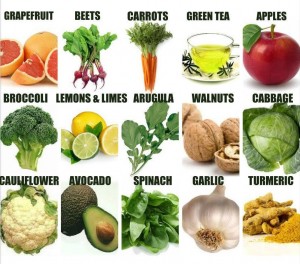
यकृत के प्रमुख फंक्शन इस प्रकार है :
रक्त को प्यूरीफाई करना (शुद्ध करना)
बाइल साल्ट्स बनाकर वसा को रक्त में समाहित करना
ग्लूकोस (रक्त शर्करा ) को ग्लाइकोजन में परिवर्तित करके संग्रहण करना
बॉडी प्रोटीन और नाइट्रोजन लेवल को नियंत्रित करना
विटामिन A D K और B12 का संग्रहण करना
रक्त में से हानिकारक पदार्थ जैसे मदिरा (अल्कोहल), टॉक्सिन्स आदि को फ़िल्टर करना
पाचन क्रिया को सरल करना
शरीर के मेटाबोलिज्म को स्थिर रखना
ब्लड क्लॉटिंग फैक्टर्स का निर्माण करना
रक्त में लौह का निर्माण एवं संग्रहण करना
शरीर में मौजूद बेकार पदार्थों को यूरिया में परिवर्तित कर मूत्र द्वारा बहार निकालना
औषधियों (मेडिसिन) को मेटाबोलायेज़ कर उसे टारगेट ऑर्गन तक पहुँचाना
Signs and symptoms of liver disease include:
Skin and eyes that appear yellowish (jaundice)
Abdominal pain and swelling
Swelling in the legs and ankles
Itchy skin
Dark urine color
Pale/ bloody or tar-colored stool
Chronic fatigue
Nausea or vomiting
Easy bleeding
Chills
Fluid in the abdominal cavity
Emergence of spider-like blood vessels on the skin
Enlarged spleen and gallbladder
Bone loss
Weakness
Loss of appetite

यकृत सम्बन्धी विकारो के लक्षण :
आँखों एवं त्वचा का रंग पीला पड़ना
पेट में दर्द/मरोड़
पेट में सूजन
पैरो / पंजो में दर्द /सूजन

त्वचा पर खुजली होना
पेशाब का रंग गहरा पीला होना
मल का रंग गहरा होना
अत्यधिक थकान का अनुभव होना
जी मचलाना या उल्टी होना
Be careful about these signs and symptoms…
…and Let Your Liver Live Longer…
Dr. P Pathak
www.facebook.com/swavalambanchildrenrehab
twitter.com/swavalambanrehb
in.linkedin.com/in/swavalambanrehab
www.pinterest.com/swavalamban



